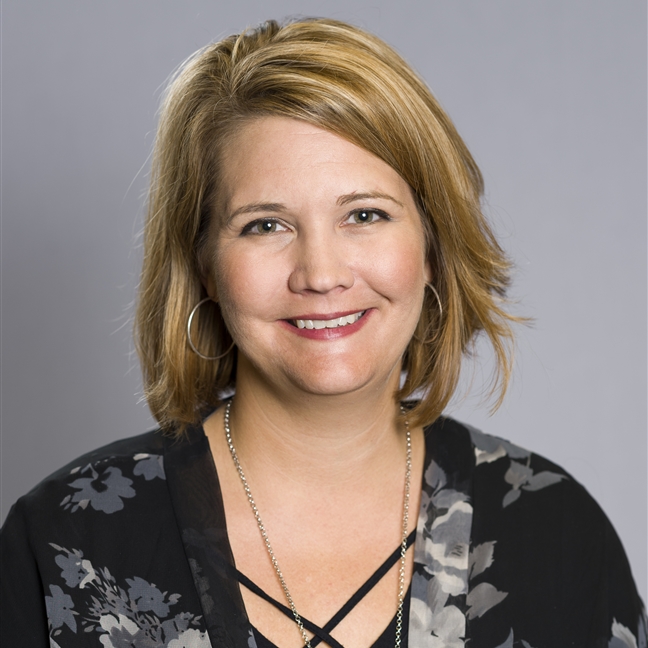When was the last time that you reviewed your unit make ready process? During difficult financial times, it is essential for multifamily managers and owners to cut overhead costs and improve efficiencies in every area of business. You could notably improve portfolio valuation by optimizing how you turn a unit. Yardi caught up with Jennifer Price, director of systems at Walton Communities, to dissect and interpret the latest in multifamily make ready data. Our experience reveals how web-based technologies reduce unit turnover costs and promote efficiency. Economic downturn prompts research into cost-saving measures For property managers and owners, efficiency matters more than ever. The U.S. economy is currently in recession, and multifamily market data for summer 2020 reveals negative rents in the second quarter. This is the first prolong quarter of negative rates since the aftermath of the global financial crisis. Rents drops aren’t expected to rebound until 2021. In multifamily housing, spring is normally a time for growth. Most markets would experience rent growth of about 2% in the second quarter alone. At the end of the first half of 2020, however, rents fell 1.8% year-over-year for luxury lifestyle units. Working-class renter-by-necessity units were only up by 1.4%. Additionally, occupancy rates dropped 30 basis points nationally to 94.4% through May. Analysts forecasts that occupancy rates will continue to decline. A typical multifamily portfolio consisting of 10,000 units will turn 30%-50% of their units each year. Unit turns require a sense of urgency: getting the unit back on the market means restoring cash flow and cutting vacant unit losses. When the turn process is inefficient, however, the portfolio may experience between $2 million to $3 million of NOI losses, or about $40 to $60 million of potentially unrealized asset value, states a recent report...
Managing Turnover
Anticipation is vital
For most property management companies, how well resident turnover is managed is a huge part of the profit picture. There’s no more critical component in managing turnover than simply and effectively anticipating those turns. Apartment buildings anticipate a 50 to 60 percent renewal rate, says Trudy von Keudell, property manager at Coast at Lakeshore East in Chicago. If 30 leases are up for renewal at the end of June, it’s not uncommon for 15 of those to renew and an equal number to not renew. Those 15 residents may be buying a home or being transferred by their employer, or leaving for some reason having nothing to do with the building. “So you have to anticipate resident turnover,” she says. “If you’re not, you’re not being realistic.” Anticipation is vital because best practices in managing turnover start before residents move out, says Shailene Casio-Smith, vice president of Austin, Tex.-based residential property management company FirstService Residential Realty. The property shouldn’t experience a mass exodus in one month or in the middle of its lowest leasing season. Ensuring it doesn’t “helps manage the property’s turn costs, so there’s not a spike in expenses, or a dip in NOI,” she says. “A lot of your lease optimizer software programs manage that for you.” Many property managers find it helps to do as much pre-planning as possible, so they’re ready to hit the ground running when a current resident departs. “We try to get the client to allow us to do a pre-departure inspection so we understand the full scope of work we have to do,” says Dylan Pichulik, CEO of New York City-based XL Real Property Management, which manages individual apartments in small buildings for absentee owners. “That way we can line up all the necessary equipment,...


